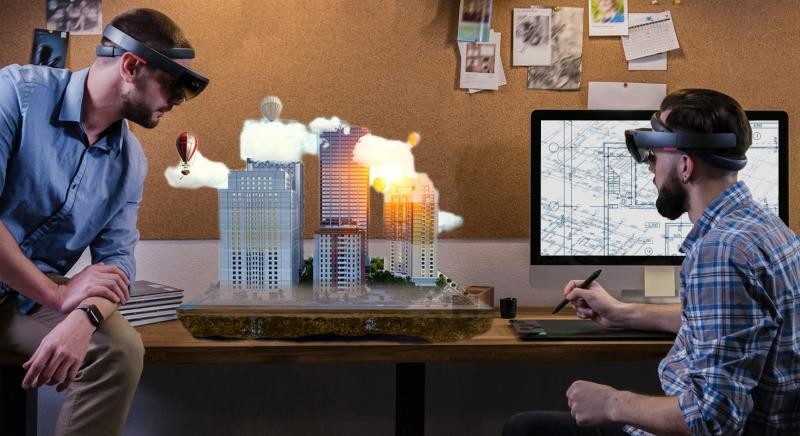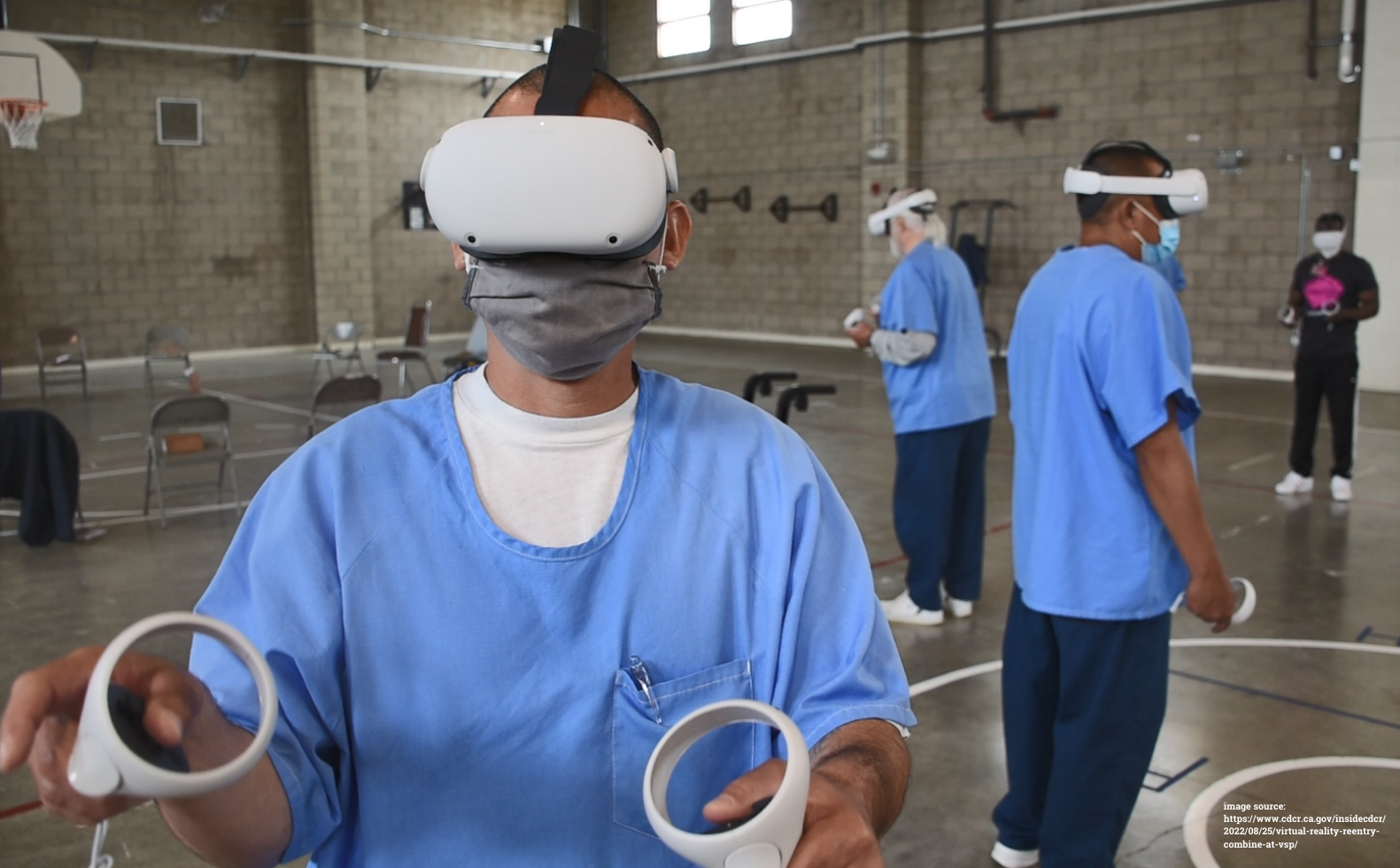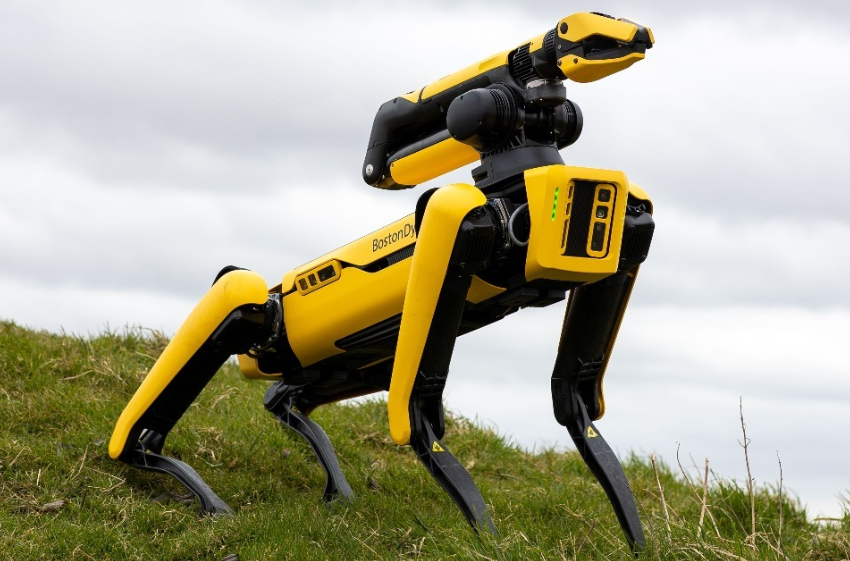Oculus Quest is an Invaluable Business Tool
Oculus just released the Quest standalone VR headset, and in doing so, it forever altered the state of the VR industry. You’re about to see these devices everywhere!

By Kevin Carbotte
Oculus just released the Quest standalone VR headset, and in doing so, it forever altered the state of the VR industry. You’re about to see these devices everywhere!
The Virtual Reality industry has been snowballing for the last four years, and this week, it hit a milestone that is set to crank the adoption rate up to lightspeed. The Oculus Quest headset is the answer to many of VR’s obstacles. This device makes VR easy to use for consumers and businesses alike.


Superior Form Factor
When the first VR devices hit the market, they offered limited 3-degrees of freedom tracking ability. You could look all around you, but you could not move forward or back within a tracked space. These devices are great for basic experiences, and we use them often for the apps that we build at Bit Space. However, these devices lack some tracking features that limit the experiences that you can have with them.
Freedom to Move
Soon after the first 3-DoF headsets hit the market, 6-DoF tracking that enabled you to move around in a virtual space emerged. Full freedom movement in a virtual environment is a magical experience, but it came at a significant cost; both financial and technical. The headsets were expensive, and you needed a powerful computer system to drive them. On top of that, you had to contend with an elaborate configuration process. Not to mention, all the cables that were involved. Suffice to say; the drawbacks scared off many potential buyers.
Those same factors have also prevented companies from adopting VR for their training and marketing processes. However, the advent of standalone headsets is changing everything.
Standalone Solves Everything
The Oculus Quest is the first standalone VR device (read: built-in computing hardware) that offers full-scale tracking with motion controllers. The Quest features an inside-out tracking solution—aptly named Insight—that supports movement with 6-degrees of freedom. Insight tracking technology also monitors the two motion controllers to give you the freedom to grab hold of the virtual world.
Room-scale tracking—as the industry calls it—isn’t new. HTC introduced the first room-scale VR system as early as 2014. The Quest changes the game because it makes it possible to experience room-scale tracking without the hassle of cables, exterior sensors, and without the need for an external computing device like a desktop PC or smartphone.
Unrestricted Tracking
The Oculus Quest headset isn’t just an untethered room-scale VR system. It’s more like a warehouse-scale device because the device doesn’t require a host computer, the tracking distance is limited only by the camera’s depth of view..


Simplified Setup Process
The freedom of not having cables and sensors to set up is lovely, but the big deal isn’t the Quest’s untethered nature. The real game changer is the simplicity of the setup process.
In the past, calibrating a room-scale system required many steps, which include removing the headset multiple times, and it often takes multiple attempts to get the calibration right. Calibrating an HTC Vive or Oculus Rift headset could take as much as 15 minutes to accomplish. The process isn’t complicated, but it’s involved enough that it becomes a deterrent for most people.
Set Up in Seconds
With the Oculus Quest, the setup process couldn’t be more straightforward. When you first put the headset on, it enables a pass-through mode on the cameras, which allows you to see the real world through the headset. In this mode, you can dictate your play area without ever lifting the visor from your eyes, and you can have it up and running in under a minute.
Set the floor position by reaching to the ground with the controller, and then trace the barrier of your play area by pointing at the edges with a motion controller. Once you accept the play space, you’ll find yourself in the virtual world.

Why does Quest Matter to Businesses?
For all the same reasons that the Quest is an excellent product for consumers, the Quest is also a fantastic solution for businesses.
The hardware is:
-Affordable
-Portable
-Easy to setup
All three of those traits are extremely important for marketing departments and training coordinators, which are the typical users of VR technology in the workplace.
Bring it Anywhere!
Oculus Quest allows you to easily take your VR experience on the road to tradeshows and other industry events. Moreover, it’s just as easy to equip a travelling training coordinator with powerful immersive technology that they can take on the road. You no longer need to tote around a high-end computer, base stations with tripods, and the headset and all its accessories. The Quest headset and two Touch controllers can be tossed in a bag and brought anywhere on a moments notice.
The Work Has Already Begun
Here at Bit Space Development, we’re already exploring porting our existing content to the Quest platform. It makes everything easier for our clients. And we’ve already begun talking to our clients about the potential of the new Oculus Quest headset and they’re already excited about the prospects.
Click to share this article
Other posts from our blog
Transform your business with immersive technologies
Schedule a consultation to see how BSD can help your organization unlock new avenues of engagement.
CONTACT US
Global Headquarters
1555 Dublin Avenue, R3E 3M8
Winnipeg, MB, Canada
PUBLIC RELATIONS
DIVISIONS
GENERAL
IN THE SPIRIT OF RECONCILIATION
We would like to acknowledge that the land on which we gather is Treaty One Territory, the home and traditional lands of the Anishinaabe (Ojibwe), Ininew (Cree), and Dakota peoples, and in the National Homeland of the Red River Métis. Our drinking water comes from Shoal Lake 40 First Nation.
Join 10,000+ people who get XR tips, insights, and company updates monthly.
Contact Us
We will get back to you as soon as possible.
Please try again later.
Privacy Policy Accessibility Sitemap Support
Bit Space Development Ltd.





